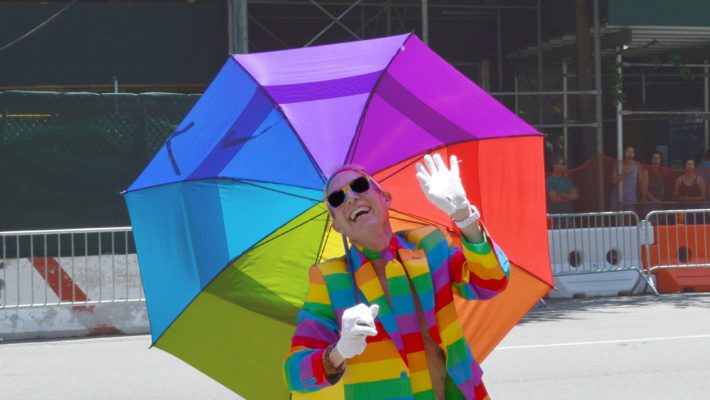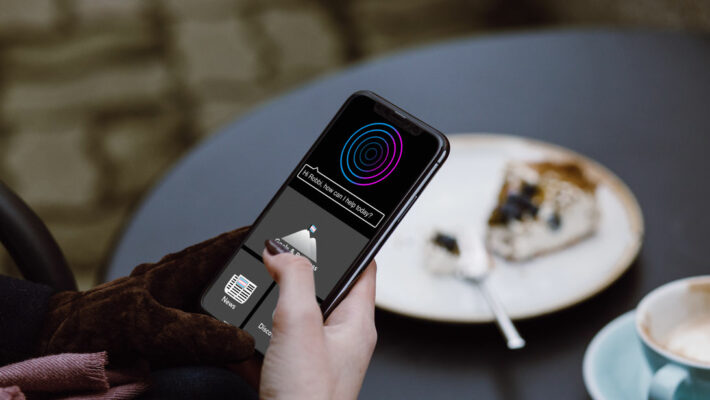A friend of mine recently asked about the difference between being gay and being queer. I was surprised, but it was a reminder that despite better visibility, the genderqueer world is still unquestionably in the minority.
Some statistics suggest about 0.04 percent of people in the UK are trans. That’s about on person out of every 250, and comparable to the 0.03 to 0.05 percent in the US. But it’s very difficult to get accurate numbers for trans populations, because trans people are so marginalized. Most official documents don’t ask about trans identity, and many trans people aren’t safe to identify themselves even when asked. Some may not even know.
But it’s less and less necessary for trans people to live in the shadows as society slowly embraces gender nonconformity. A 2014 survey found that 35 percent of nonqueer men and women think of their gender as somewhere on the ‘other,’ ‘both’ or ‘neither’ spectrum. This suggests a much higher rate of nonbinary identity than we might outwardly assume from statistics about trans populations.
Here’s a rundown on genderqueerness (itself only one kind of queerness) and what it means to be between, beyond or outside of the boring old gender binary.
Gay vs. Queer
To start with, the answer to my friend’s question:
- Gay describes those who sexually or romantically gravitate towards people of their own gender.
- Queer is an umbrella term with a variety of uses, often dependent on the speaker. It can, depending on the context, describe most members of the LGBTQ+ community, including gay people. But it does not refer specifically to being gay. Once a damaging slur, ‘queerness’ is now frequently reclaimed as a statement of pride by those outside sex and gender conventions.
Now onto the gender stuff.
A Quick Primer on Gender Identities
Gender identity is not the same as sexual or romantic orientation. Someone with a nonconforming gender can have any sexual or romantic orientation. You can be trans and still be straight, gay, bi, or pansexual. In other words, gay-straight is one binary, while male-female is another.
It’s important to note that gender identity differs from other identities (e.g. certain ethnic ones) in that you can opt in or out of a gender identity with no one else’s input. You’re entirely in control of your own gender identity. The decision about which terms you use to define yourself is very personal, it can change, and it can even have an aesthetic bent.
A Few Foundational Terms
- Sex and Gender are not the same. Sex relates to the biological apparatus you come equipped with at birth. Gender is a construct of social roles and norms conventionally associated with one’s sex, but distinct from it. Just remember: ‘sex’ is biological, ‘gender’ is social.
- Cisgender, shortened to ‘cis’, is a term coined in the 90s for people whose gender identity is restricted to their assigned sex, or who embrace the binary gender role foisted upon them. Basically, it’s the opposite of transgender.
- Transgender, or ‘trans’, describes someone whose gender identity does not match the sex they were born with. A trans person may or may not have undergone gender validating surgery. They may or may not outwardly express their true gender at all. Usually this term refers to someone whose gender is opposite to their assigned sex.
- Trans* is a recent term embraced by some, notably Columbia University gender theorist Jack Halberstam, to describe all non-cis gender identities. While it includes transgender, it more broadly encompasses people whose gender doesn’t match their assigned sex, but may not be opposite to it. For details on this, see Halberstam’s book by the same name.
A Few More Genders
- Nonbinary, also known as ‘NB’ or ‘enbee’, is a catchall for people who falls outside of the binary male-female worldview.
- Genderqueer is similar to nonbinary in that it’s a catchall term. It’s how certain gender disruptors describe their nonconformity to social norms. It’s more specific than ‘queer,’ and more queer than ‘nonbinary’.
- Genderfluid folks move freely between two or more genders, including but not limited to male and female. They may have days where they present as masculine, and others where they present as feminine or androgynous, for example. Their gender cannot be pinned down to a static identity.
- Agender describes a person who has no gender. They don’t align with any definitions of masculinity, femininity, or anything in between. It’s similar to androgyny, although androgyny blurs the line between masculine and feminine by combining elements of both, where agender rejects the spectrum altogether.
- Demigender is a term used for someone who is partially one gender. For example, a demiboy is part boy, while a demigirl is part girl. The rest of themselves, and how that part of them expresses, is a question mark. ‘Demifluid’ refers to someone who is part genderfluid, while another part may be static.
- Polygender people are multiple genders at once.
- Gender apathetic is what it sounds like. Who needs all these terms, anyway? Just do you!
- AMAB and AFAB mean ‘assigned male/female at birth.’ They’re not gender identities but are sometimes used to clarify the relationship between a person’s sex and gender.
- DIY Gender Terms
There are many more gender identities not covered here. New terms are popping up all the time as gender nonconformists develop language to self describe and empower others. Can’t find a term that comfortably describes you? Come up with your own! Maybe you’re the only one on the planet with your gender identity. That’s part of the point. Nobody controls your gender identity but you. As long as you’re being true to yourself, it’s your call.
That said, be mindful not to appropriate identifiers that don’t describe you in your authentic self. Doing so could erase the struggles associated with that identity. For example, a male-presenting nonbinary AMAB would do a disservice to trans people by identifying as ‘trans,’ because they move much more safely through the world than a trans person does. Choose your terms, but choose them mindfully.
And considering that a third of people are at least to some degree nonbinary, let’s just approach everyone with the pronouns ‘they/them’ until advised otherwise.




